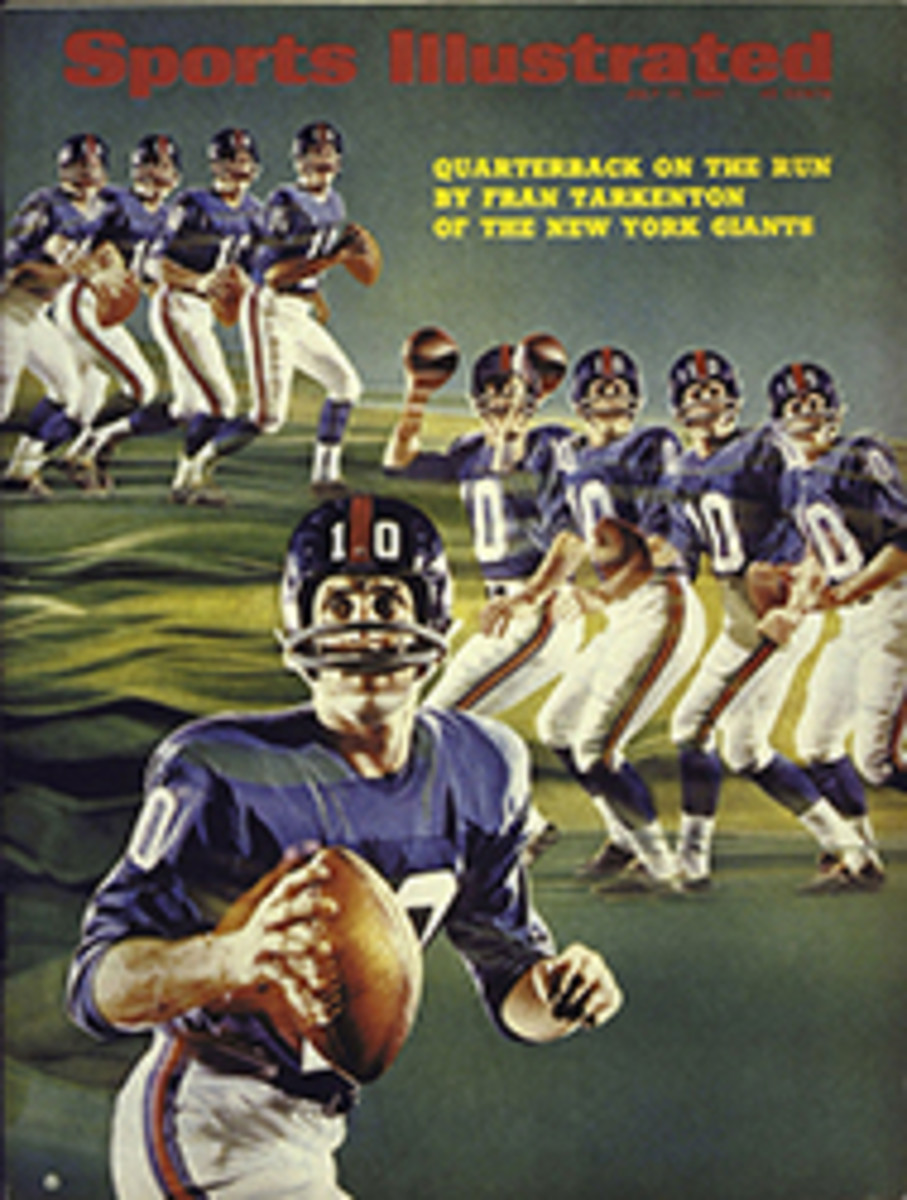
The man who saved the famed Lipizzan stallions tells how they are trained
"The romance of the Spanish Riding School of Vienna, home of the graceful white Lipizzan stallions, has fostered a cult without equal in the equestrian world. Fanned by melodramatic books (Mary Stewart's thriller, Airs Above the Ground) and movies (Florian and Miracle of the White Stallions)—Lipizzan fans view these superhorses with something close to reverence. When the stallions last toured the U.S. in 1964, they played to sold-out houses in six cities and, even after a two-century run at the same glamorous stand, tickets for their show in Vienna are still difficult to obtain.
As most people know, Colonel Alois Podhajsky, director of the Spanish Riding School from 1939 until his retirement in 1965, was the man responsible, along with General Patton, for keeping the stud intact during World War II. In the past Colonel Podhajsky has written a number of romantic books about his horses to titillate the cultists (My Dancing White Horses and the Hofreitschule). Now he has produced a volume called The Complete Training of Horse and Rider in the Principles of Classical Horsemanship (Doubleday, $7.95) that is directed squarely at the serious student of the art.
Podhajsky's respect for the horse is apparent throughout his book. It is a truism that patience and kindness get the best results, but many hurried horsemen overlook the fact. "The young horse will not get his first impressions from his rider but from the treatment by his groom," says Podhajsky. "The importance of correct care in the stable cannot be emphasized too strongly with both the young horse and the fully trained one. Rough or unreasonable treatment may have a bad effect on the training...with shy or well-bred horses. It is hardly necessary," he adds, "to state that punishment must never be administered from temper or because the rider is in a bad humor. The rider should never forget that horses have long memories and are easily frightened."
As elementary and sensible as Podhajsky's advice sounds, one needs only to visit an average horse show to see how often this approach, which dates back to Xenophon, is forgotten.
Another new book dedicated to the training of horses from the basic steps to advanced schooling is called Equitation: Learning and Teaching (A. S. Barnes, $10). Written by Jean Froissard, it is a lively manual that even gives the equestrian advice on press relations at horse shows. This book benefits somewhat from a collection of interesting illustrations out of museums that makes the photographs in Colonel Podhajsky's book seem unnecessarily bleak.

